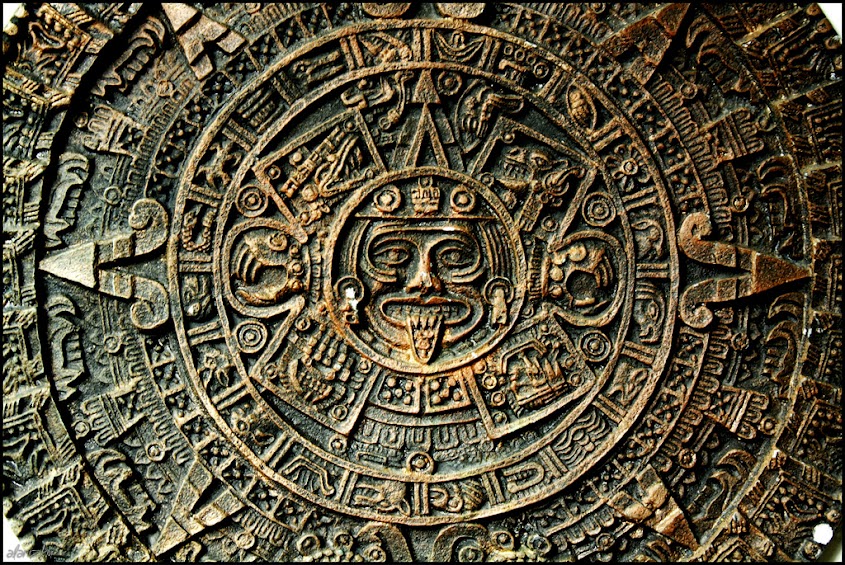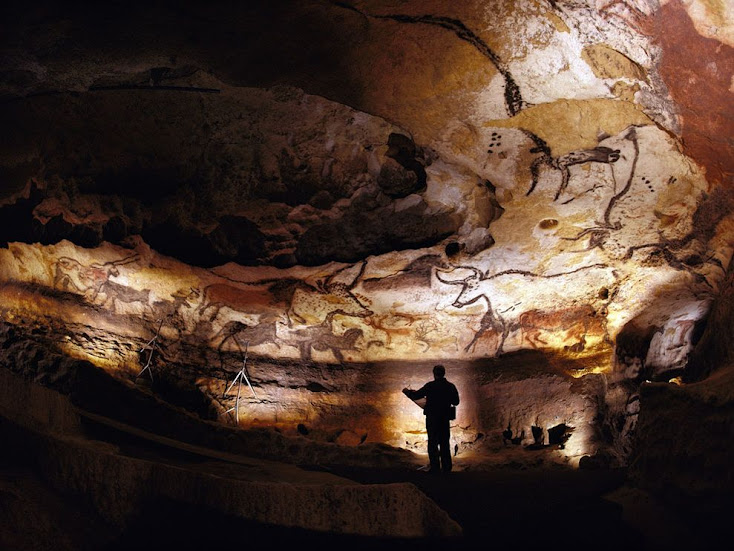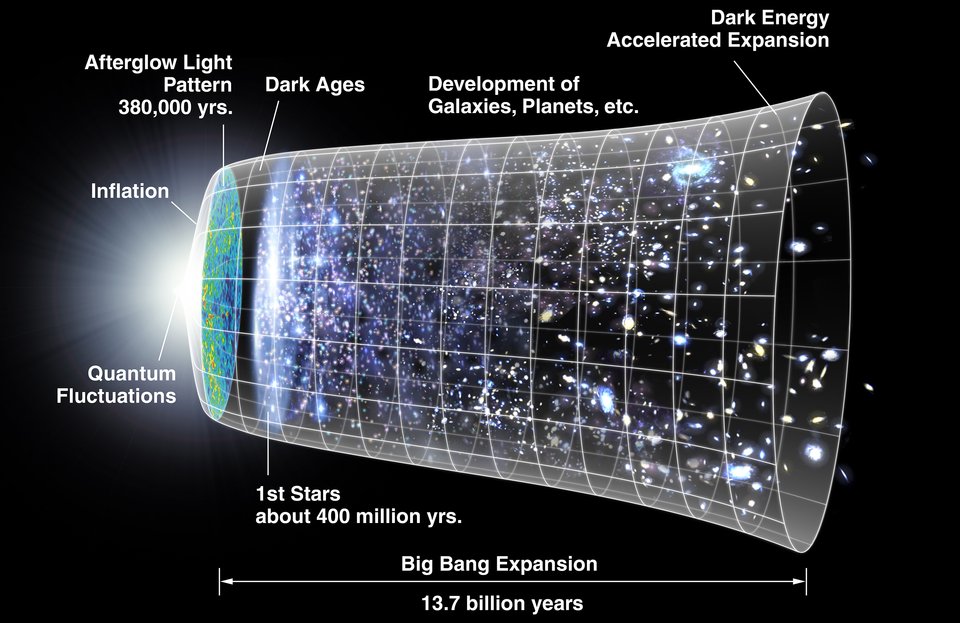An Anthropic Universe (Many Worlds Theory)
The problem with proving the theory of multiple universes is that these universes are inherently not apart of our own. Due to this seemingly obvious fact, designing and tediously carrying out experiments in our universe have failed to detect anything beyond it. But still our great minds ponder a bubbling foam of multiple universes. Our whole universe trapped inside only one of these many bubbles. Perhaps we will soon decipher a method for crossing through the thin skin of our cosmic bubble. Just maybe we will travel through the space between space and find ourselves to be but one of a multitude of different worlds.
But for now the idea of multiple parallel universes is entirely theoretical and mathematical. Quantum theory suggests these hidden worlds with cornerstone principles such as the Heisenberg Uncertainty Principle, Bells Theorem of Non-locality and Quantum Retroactive Causality. There seems to be something nonsensical at the base of matter. Something that acts in probabilities and not actualities, something caught between worlds. And that something builds upon itself to form our world. It clumps together to afford us our daily lives. Their probabilities get lost in their combined immensity, but on a individual scale these particles are still caught between worlds. And so theories like the popular String Theories (Often called as a collection "M Theory") explain this behavior with multiple dimensions and paralleled universes. Many of these theories are brilliant mathematically. However, the beauty of science is that no matter how elegant the mathematics or logical the argument; something is not true until it has been proven experimentally. And since there are no experiments that have even been proposed to prove this theory, we are left to live in a world of wonder. Could there be other worlds out there? Not across the vastness of space but beyond space itself. It is as if we reach out to grab it and it slides through our fingers, like grasping for the wind.
The Anthropic Principle takes this theory of multiple universes and uses it to explain the fine tuning of our universe. The fine tuning being the precision of the elements needed for life to exist on our planet; the enormity of factors that had to be just right for our existence. How is it that our universe be the one with such precise tuning? The Anthropic Principle states that this question is flawed because it can only be asked by a life source that inherently must live in a finely tuned universe. The problem is the source of the question. No such question would arise in any of the multitudes of universes that could not sustain life. So in the same breath of this question we are also proclaiming its answer. We are here because if we were not, you would not have even wondered why.
(Richard Dawkins --- The Anthropic principle)
Any student schooled in logical fallacies might call this argument, "circular reasoning," and they may even be right. The argument does seem to dance around the issue. But we must remember it is based on the assumption of a infinite amount of universes. This is not a theory proven true. But if there were infinite amount of universes, there would be some lucky ones out there that could foster life. If this then is the case, it does seem foolish for the inhabitants of those universes to question why they are so lucky. Random chance has no why, there is no mind behind a roll of the dice. They are a inevitability of a infinity of possibilities. We may ask this question with some hope for a purpose or as a search for the security of design, but the many worlds theory robs us of that. Perhaps if this theory proves true we can take solace in the wonder of a infinite frontier. But I doubt we will ever stop asking why. Nor should we. It may just have been what was keeping us alive so long.
Here is where I branch off from real "feet on the ground" science and back into science-fiction; however, I prefer to think of it as logical philosophy. If there are these branching universes, and they allow for a infinite amount of possibilities, then how does our consciousnesses steer through these forks in the road? We can imagine ourselves as navigating a continually branching pathway, the universe we live in is one winding path in this sea of possibilities; constantly choosing to go down one road or the next, even if we might not feel a turn. Is it random chance that determines which universe we are in, or is there someone in the drivers seat? Is there some driving force that guides us? And are the versions of ourselves in the other universe even us? There might have been one universe where I died on the way to work today, another where I die at age 80 after a long and fruitful existence, and possibly (if there are truly a infinite amount of universes) there is one where I don't die at all. To clarify, this may not be something I believe or even want to believe but we must follow the assumption of multiple universes to its logical end. If time travel to the past is possible, then it suggests parallel universes to avoid paradoxes. If these universes are numerous, even unlikely events are possible, but if these universes are infinite, anything that is possible is inevitable. So, then I am brought back to my original question: which universe do I live in?
This is now a much more personal question, for no one else can come with you on this journey. If we are continuously branching off into different universes, then so are our friends, family, and acquaintances. We can only live and experience from within our own individual perspective. With every random event we leave version of ourselves and others behind for a new world. This thought reminds me of the movie "The Prestige." In this movie a magician clones himself every night before a crowd of adoring fans. Every night one version of himself falls into a tank of water that is sealed shut with chains and then covered in a veil. Unbeknownst to the crowd, this clone inevitably drowns behind the veil. Meanwhile, the other version of the magician arises from the back of the room to surprise the masses and claim his glory. When finally discovered, the magician lamented that every day he would flip the switch and wonder; would he be the man in the water? Or the man being applauded? But every night that he flipped the switch he found himself lucky, lucky to be the man alive. Spending a few moments to think, one realizes that this is not luck, but instead a logical conclusion. Who else could this man be besides the one that survived? If he was not, the interrogator would have been speaking to a glass container filled with water and one very dead magician. So then, which version of myself would I be in this infinity of universes? The one that survives. In some sense, this Anthropic theory of everything alludes to a fountain of youth that has been right before us since the beginning of life itself. That each of us will live forever in our own separate timelines. That we will be as immortal islands separated by the branching of worlds.
-by: Brett Vollert






















































0 comments: